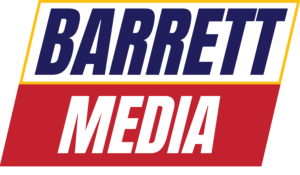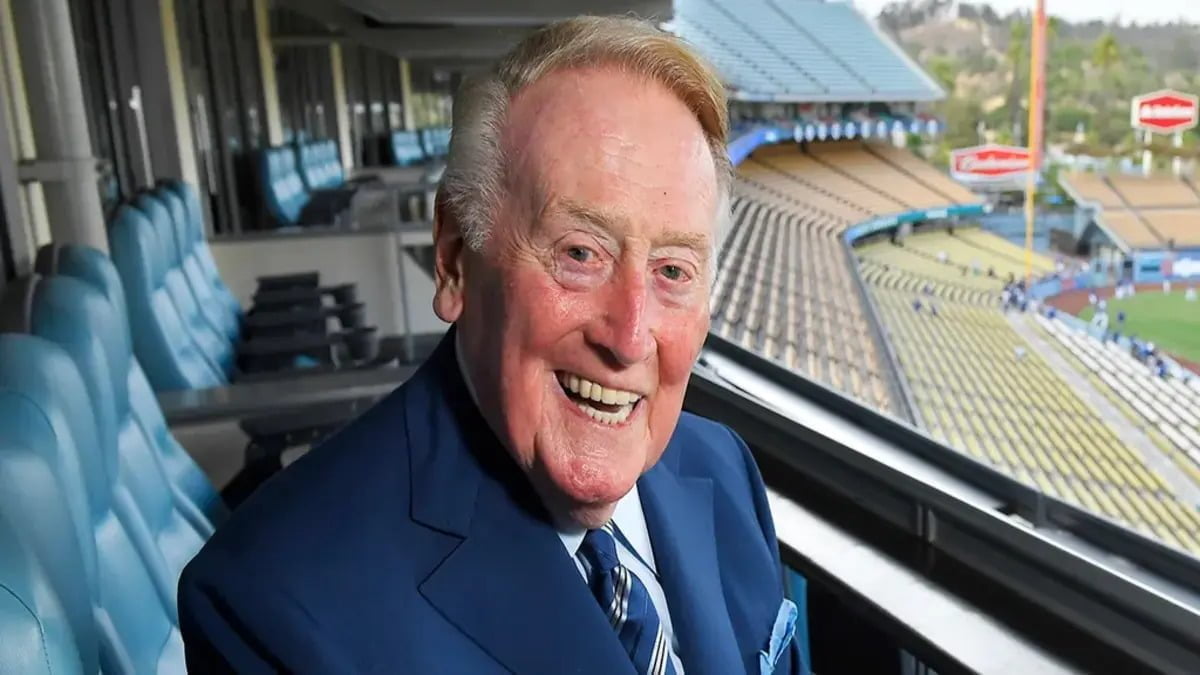Many of us have sold digital packages that include geofencing. Geofencing is a location-based way to serve up ads. I once sold an ad campaign to a med spa that served up a display ad on somebody’s phone if they were within 1-3 miles of their competitor’s spa. I have also sold advertisements offered to fans at a football stadium before, during, and after a game. If those fans check ESPN.com on their phone, the ad I sold will be rotated into the display position. Wouldn’t it be nice to do that with a radio ad?
Imagine the possibilities it presents when we run across that client who only has one location or wants to offer a special promotion at only one site. We could sell realtors on commercials airing on Saturday from 10 am-3 pm, inviting prospects to an open house and only play those commercials in a nearby competitors’ neighborhood.
“Imagine your family in a 2,500 square foot home just 5 miles from where you are right now but pay $100,000 less and enjoy way more open space between homes. We have models open till 4 pm to show you 5 miles away…”
This could become a reality. The FCC is currently taking comments from interested parties about whether geo-fencing should be an opportunity for local radio. And it can’t happen soon enough. BIA, the media research and media valuation company, recently told the FCC that they see a challenging future for local radio’s over-the-air advertising service as it suffers a decreasing share in a growing local ad market. In digital media, more than fifty percent of the dollars spent are on local businesses.
Geo-targeting is part of the package that appeals to mom and pops who only want to reach customers within a 5–10-mile radius. BIA added that it forecasts revenue for sixteen different local media types, and local radio is the only media NOT offering geo-targeted advertising for over-the-air spots. Companies are proposing to the FCC that local radio should be allowed to broadcast a few minutes per hour of unique, targeted programming to a specific geographic area. Think traffic and weather that is customizable and ads for those sections of town.
iHeart, the NAB, and other broadcast groups have opposed geo-targeted ads. They say the limited testing done on the service gives them concern about interference, and, if the rule change is approved, it “would fundamentally alter the radio industry’s business model, drive down advertising revenues and complicate the purchasing of radio advertising.”
Let’s be progressive. Advertisers are getting smarter and more thoughtful about purchasing. The radio industry will not charge as much for ads that only reach 10% of our audience vs. 100%. That is until demand heats up. But it could spawn some FM competitors down the road who super serve one area of town with more than just traffic and weather.
This is the kind of technology that will help broadcasters hire more tech-savvy salespeople. And chase down Google. The benefits far outweigh the negatives to me. But I haven’t invested millions of dollars into the revenue model we currently have- which is shrinking. Let’s roll!
Jeff Caves is a sales columnist for BSM working in radio and digital sales for Cumulus Media in Dallas, Texas and Boise, Idaho. He is credited with helping launch, build, and develop Sports Radio The Ticket in Boise, into the market’s top sports radio station. During his 26 year stay at KTIK, Caves hosted drive time, programmed the station, and excelled as a top seller. You can reach him by email at jeffcaves54@gmail.com or find him on LinkedIn.




